Bonsai - Tree of Japanese Garden Art
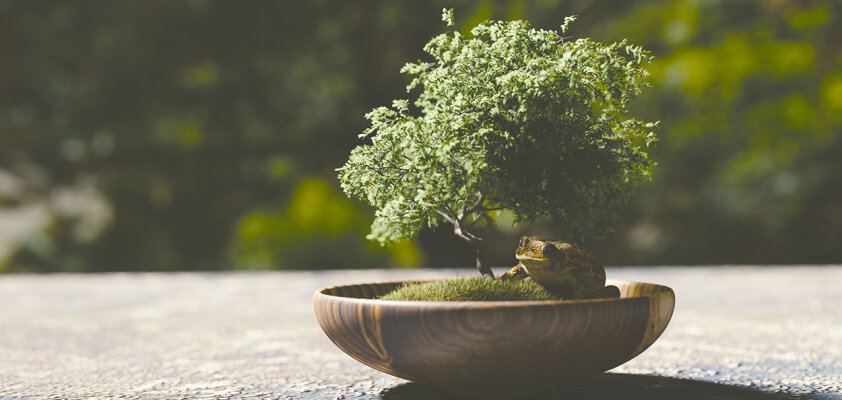
The Bonsai tree has a long tradition in Japan. The exact origin of the art of cultivating real trees into miniatures is not precisely documented. It is believed that Buddhist wandering monks brought Bonsai to Japan. Here, the care and cultivation of the plants were refined and further developed in the Zen spirit. Originally, Bonsais were reserved for the nobility. Today, anyone can own such a lovely little tree, either by putting in the effort to cultivate one or by purchasing a pre-grown plant. The word Bon Sai comes from Japanese and roughly translates to "tree in a tray".
Development of Japanese bonsai art
The Japanese history of Bonsai begins around the 11th century when Japanese monks, during their travels through China, discovered the beautiful penjing trays. In these "landscapes in a tray," not only a tree was planted, but a whole ensemble with small trees, shrubs, water, and rocks was crafted. In Japan, this art was refined, and only a single tree was placed in the tray. During the Edo period, Bonsai that mimicked natural landscapes using local species became more popular. Bonsai trees like maple and pine came into fashion and were cared for over centuries, passed down from generation to generation. In the mid-19th century during the Meiji era, Japan opened up, and the population began to take an interest in Bonsai. Interestingly, Japanese Bonsai gardens are not only found in Japan; you can admire wonderful facilities with numerous Bonsai plants in Ferch am Schwielowsee.
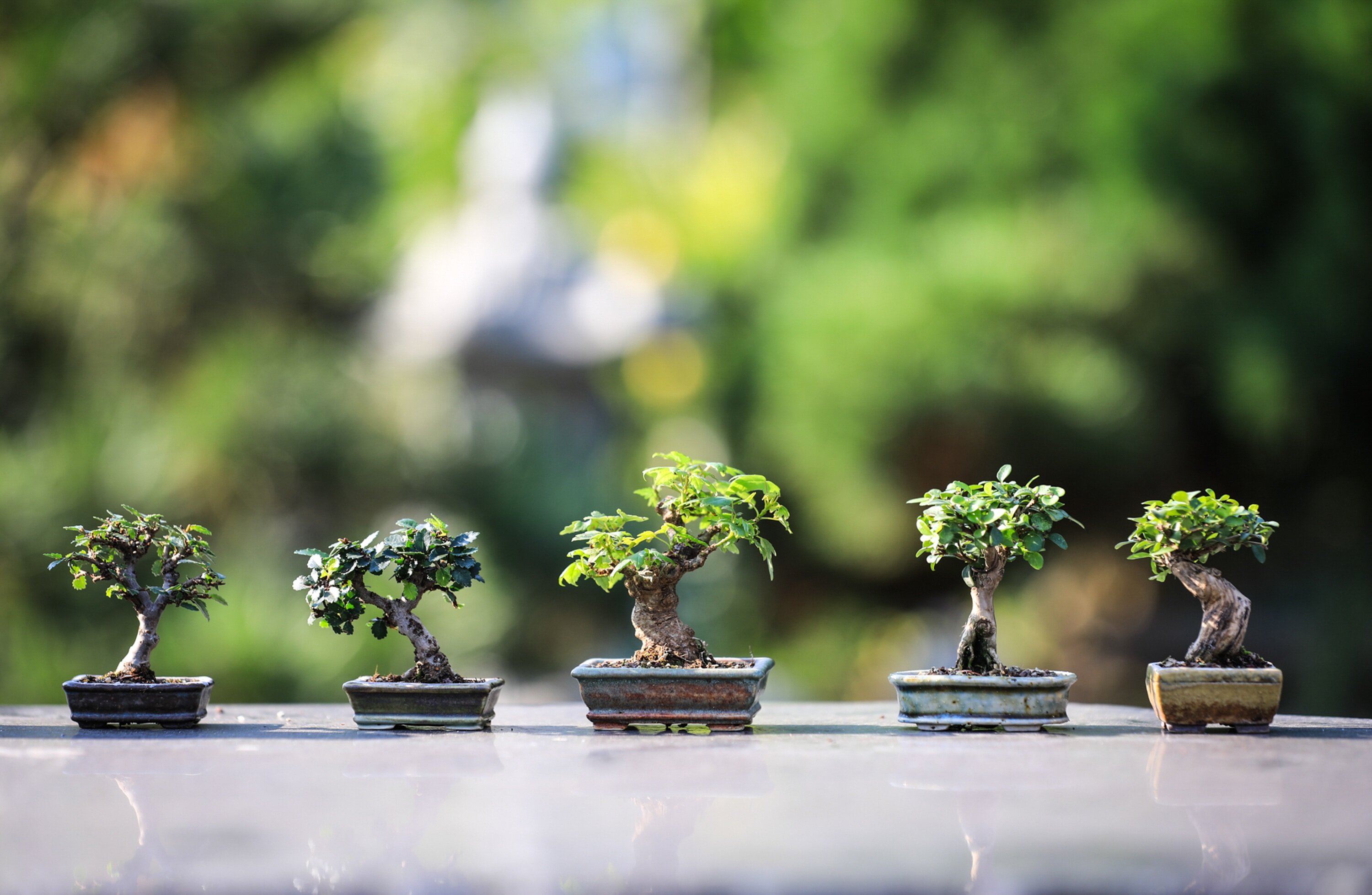
How is a bonsai created?
The Japanese art of Bonsai cultivation takes many years until a tree is brought into the desired form and size. It traditionally begins with the selection of seeds to shape the tree correctly from the very first sprouting. For those who desire quicker results, a fast-growing tree can be used. Some examples include:
- Chinese Fig (Ficus microcarpa)
- Chinese Ginseng (Ficus Ginseng)
- Chinese Elm (Ulmus parvifolia)
- Chinese Privet (Ligustrum sinensis)
- Banyan Fig (Ficus retusa)
Additional suitable plants for miniature trees include:
- Japanese Maple
- Japanese Azalea
- Ilex crenata
- Olive Tree
- Pine Tree
- Maple Tree
- Juniper
Each tree is carefully nurtured and shaped from a young age. This involves regularly pruning the roots, branches, and buds so that the tree grows not in its normal size but as a miniature version. The art in caring for Bonsai is to maintain a as natural a shape as possible. Young plants have a soft trunk that can be easily bent at first. They are gradually shaped into a true Bonsai with the help of wire, wooden supports, and a lot of patience. The leaves become smaller over time as the tree receives fewer nutrients. Therefore, the soil for the plant should not be too nutrient-rich to prevent excessive growth and allow the leaves to develop proportionally small. However, the tree should not wither. This requires a lot of finesse to find the right balance. Many Bonsais overwinter in a cold house. They simply thrive better with a as natural a seasonal change as possible. If a Bonsai is forgotten and no longer cared for, it will eventually continue to grow normally and, under good conditions, become as large as its siblings in the forest.
What tools are needed for maintenance?
High-quality Japanese tools are required for the care of the small trees:
- Bonsai shears
- Concave cutters
- Bud trimmers
- Wire cutters
- Jin pliers
- Splitting pliers
- Root cutters
In addition, tools such as binding wire, support elements, substances for sealing cuts, bast, and padding are useful. Specialized Bonsai soil and Bonsai fertilizer are available for purchase, specifically formulated for each tree species. The tools should always be kept meticulously clean and not used for other purposes. Specialized blends are directly imported from Japan.
What does a good bonsai pot look like?
An original Japanese pot for a Bonsai is typically very simple and functional in design. It forms the perfect base to showcase the tree effectively. In Japan, these pots are even crafted specifically for a particular Bonsai tree, taking into account its growth processes, typical shape, and the color of bark and leaves. The pots have holes at the bottom to allow excess water to drain. They can be placed in the garden but should be moved to a cold house for winter if they are not frost-resistant.
A typical Bonsai pot is usually relatively flat with a narrow rim. There are also cup-shaped models suitable for plants with deep roots. They often have small feet on the bottom that provide some distance from the ground, ensuring good ventilation in the root area. Handmade Bonsai pots with earthy glazes, especially, have an elegant and natural look that reflects Japanese culture. These beautiful plant containers are suitable not only for Bonsai but can also be filled with local plants and flowers or used as exquisite decoration.
What to look out for when buying a bonsai tree?
For those looking to buy a Bonsai, it's important to consider whether the tree is suitable for indoor or outdoor conditions. Even in outdoor settings, protection is needed during the winter to prevent delicate shoots and roots from freezing. Those desiring an easy-to-care-for mini tree can choose a slow-growing variety, where maintenance tasks are not as frequent as with tropical species that have a year-round growing season.
Reputable sellers provide detailed descriptions of the tree species, their requirements, and unique characteristics. They specify the age of the tree and often include a beautiful Bonsai pot. For outdoor Bonsais, it might not be ideal to purchase them in winter when there are no leaves on the branches. To get an authentic impression, it might be better to wait until the next growing season in such cases. On the other hand, purchasing online allows for easier transportation without leaves.

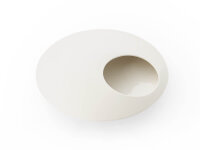
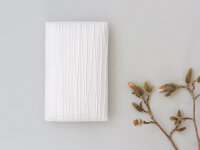

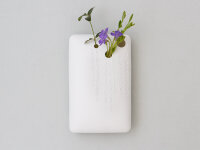

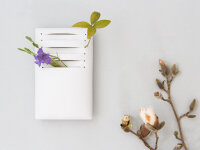

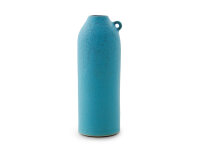
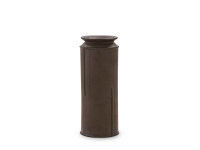
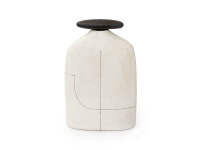
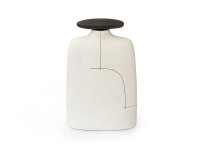
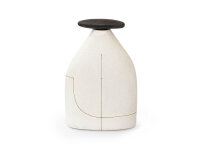
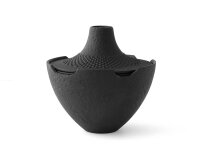
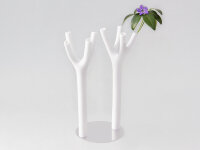
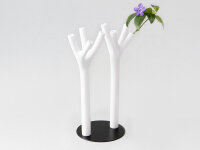
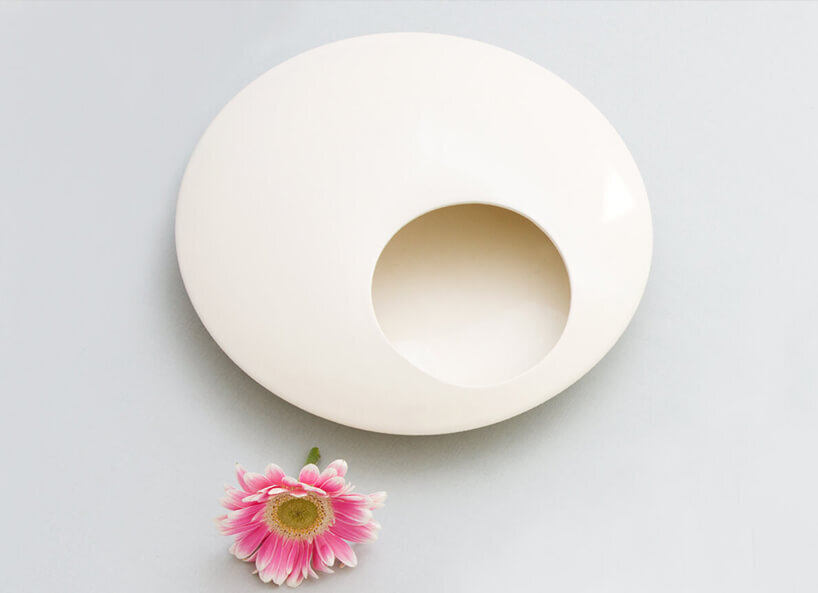
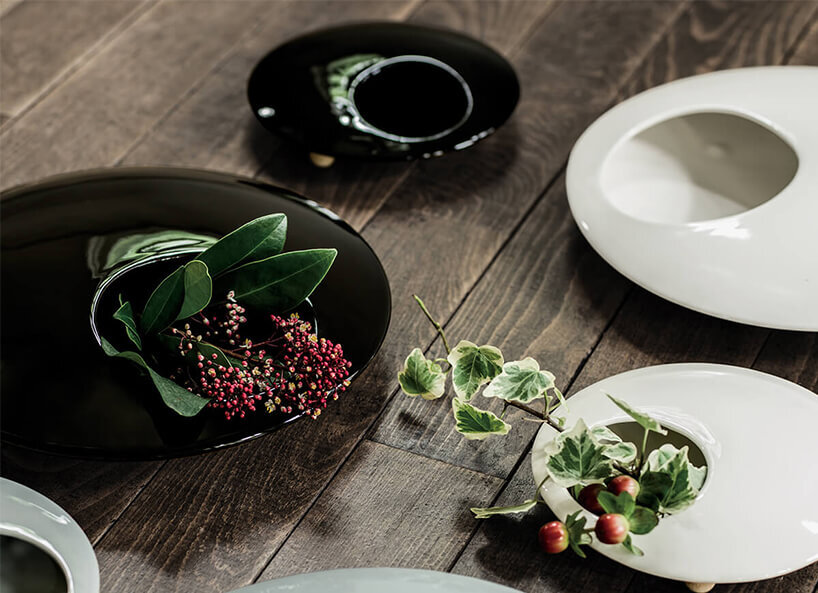










-from-the-yakiyaki-grill-pan.jpg)




